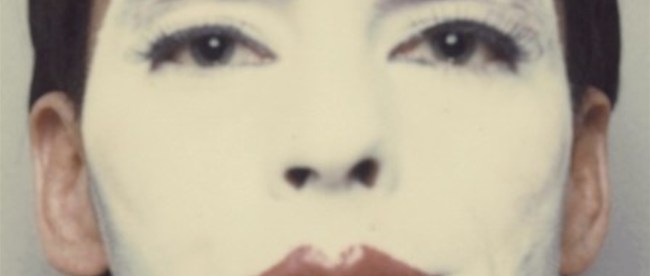Louisiana Channel – Ulay Interview: Under My Skin
Gepubliceerd op 30 nov. 2017
This is the story of legendary artist Ulay, famous for his collaboration with Marina Abramović. As a solo artist in search for his own identity, Ulay’s radical works have pushed the limits of photography and performance using his own body as material.
“Art needed a revolution. From early on I liked to revolt.” Being a “half-orphan” war child, born in the ashes of World War II in an air-raid shelter in Solingen, West Germany, at the age of 25 Ulay took his life in his own hands and joined the provos in Amsterdam. In the early 70s he invented the term “performance photography,” taking polaroid photos of himself performing in front of the camera, often dressed up in women’s clothes. Feeling attracted to society’s outcasts he lived in Amsterdam among transvestites, homeless and marginal existences “sharing the camera,” in order to “bridge the relation between the photographer and the model.”
After many series of “auto-polaroids,” Ulay came to the conclusion that the answer to his identity search was to question the surface of photography by going under his own skin. “Photography can only stay on the periphery of things, if I look for my genetics or my identity, I have to go under my skin.” Ulay started to cut, pierce and tattoo his own body bringing it at the center of his work, which culminated in the work ‘GEN.E.T.RATION ULTIMA RATIO’ (1972), where a piece of Ulay’s own skin was transplanted and framed as a paraphrase of the German expression “to sell one’s skin to the market.”
Starting out as a pioneering photographer on “identity search,” Ulay wanted to infuse “life” into the art world, by pushing the boundaries for his “anarchistic” practice. One of Ulay’s most radical works is called ’There is a Criminal Touch to Art’ (1976), where the artist steals Hitler’s favourite painting – made by Carl Spitzweg – at the New National Gallery in Berlin ”to stir up a discussion about how immigrants were treated.”
“Art needed life, it needed a living.” In the mid 70s Ulay’s exploration of the body led to the historic relationship with performance artist Marina Abramović who he worked and lived with between 1976 and 1988. From the beginning of the 90s until the present Ulay has continued his exploration of the photographic medium still using himself as a tool and target of his artistic search.
Ulay (Frank Uwe Laysiepen, b. 1943) is a German artist, now based in Amsterdam, Holland, and Ljubljana, Slovenia. Ulay received international recognition for his work as a photographer, mainly in Polaroid, from the late 1960s, and later as a performance artist, including his collaborative performances with Marina Abramović from 1976 to 1988. His work has continuously dealt with politics, identity and gender. In 2016 Schirn Kunsthalle in Frankfurt, Germany, held the first major retrospective show of his work ‘Ulay Life-Sized’. In recent years Ulay’s work has also been on show at the Nederlands Fotomuseum in Rotterdam and GNYP Gallery in Berlin. Ulay’s work, as well as his collaborative work with Marina Abramović, is featured in many collections of major art institutions around the world such as Stedelijk Museum in Amsterdam, Centre Pompidou in Paris, Tate Modern in London and Museum of Modern Art in New York.
Ulay was interviewed by Christian Lund in Ljubljana, Slovenia, in July 2017.
Cameras: Primoz Korosec
Edit: Roxanne Bageshirin Lærkesen
Produced by: Christian Lund
Copyright: Louisiana Channel, Louisiana Museum of Modern Art, 2017
Supported by Nordea-fonden
FOLLOW US HERE!
Website: http://channel.louisiana.dk
Facebook: https://www.facebook.com/LouisianaChannel
Instagram: https://www.instagram.com/louisianachannel/
Twitter: http://www.twitter.com/LouisianaChann
Reacties:
https://youtu.be/3e8yXmXXNaU
Meer informatie:
https://robscholtemuseum.nl/?s=Ulay+Laysiepen
https://robscholtemuseum.nl/?s=Marina+Abramovic


Plaats een reactie